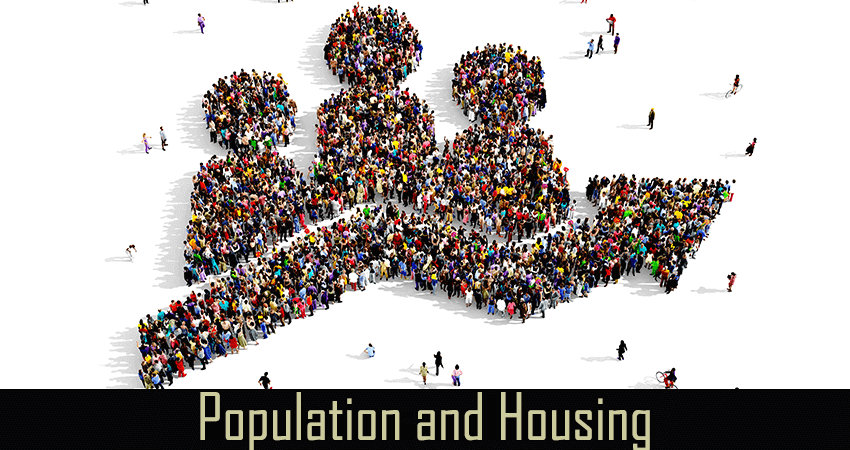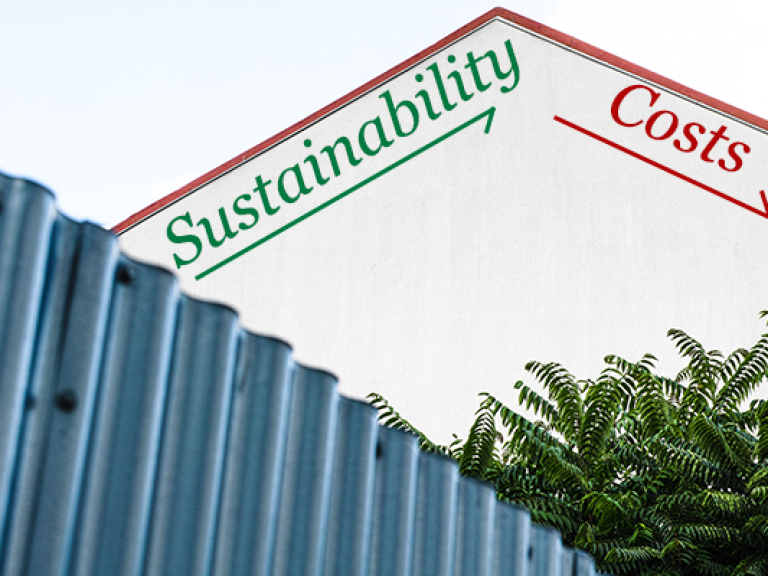
This one has numbers so I’m going to be short, punchy and straight to the point here.
Population growth causes house price growth.
As John wrote in 7 Steps to Wealth, “land is a commodity in limited supply for which demand is continually growing as population increases”.
85% of population growth in Australia occurs in urban areas.
Population growth occurs in 3 different ways:
1. The number of births exceeds the number of deaths (natural increase);
2. The number of people moving to the state exceeds the number of people leaving the state (net interstate migration); and
3. The number of people entering the state from an overseas country exceeds the number of people leaving the state for an overseas country (net overseas migration).
State by State
Like house prices, population growth is cyclical. If you look at the numbers there is actually a cause and effect relationship between population growth and house price growth over time.
Sydney cycle
Sydney experienced strong house price growth between 1997-2003 and 2011-2017.
If Sydney’s population experiences strong growth it generally does so off the back of net overseas migration (NOM).
In 1997 Sydney’s NOM was 29,000 before it increased, peaking at 57,000 in 2001, and dropped down again to 31,000 in 2004.
The more recent cycle is interesting. Sydney’s NOM was quite high in 2008 before the GFC hit. It then dropped again to 50,000 in 2010 before increasing again, peaking at 88,000 in 2016. It is on track for 100,000 NOM in 2017 (data only available to September 2017 at the moment).
As you can imagine, when NOM does spike in Sydney so does its rate of net interstate emigration (i.e. people leaving Sydney for another State). Sydney is still experiencing an increase in NOM but also an increase in net interstate emigration (it has doubled since 2015).
Melbourne
Melbourne experienced strong house price growth between 1997-2003 and 2012-2017 (arguably still going).
Like Sydney, Melbourne has traditionally grown from net overseas migration.
In 1997 Melbourne’s NOM was 17,000 before it increased, peaking at 30,000 in 2001 and dropping back down in 2002.
In the most recent cycle, Melbourne’s NOM increased from 43,000 in 2010 to currently being on track to hit 94,000 during 2017. What’s interesting is that in the same period Melbourne saw net interstate migration (NIM) increase from 2,000 in 2012 to 18,000 in 2016 before dropping in 2017.
Why that’s interesting is that between 1981 and 2012 Melbourne had average 6,000 people emigrating from Melbourne (i.e. leaving it for another state)!
Brisbane
Brisbane experienced strong house price growth 2001-2006.
Unlike Sydney and Melbourne, Brisbane has traditionally grown through net interstate migration (NIM).
In 1999 Brisbane’s NIM was 17,000 before increasing and peaking at 37,000 during 2002 and 2003, then dropping again to 17,000 in 2008.
Brisbane’s NIM dropped as low to 8,000 in 2008 before increasing sharply to 15,000 and 19,000 in 1016 and 2017. Like its house prices, when Brisbane’s population does increase it tends to do so sharply.
What does it mean?
I believe the numbers show that Sydney’s population cycle peaked somewhere early in 2017, while Melbourne’s population cycle is peaking at this moment and Brisbane’s cycle just starting.
History tells us that the house price growth cycle follows the population growth cycle.
That’s why we went hard on Sydney in 2010-2014, Melbourne since 2012, and are starting to go hard at Brisbane.
It’s an interesting set of data to follow!








